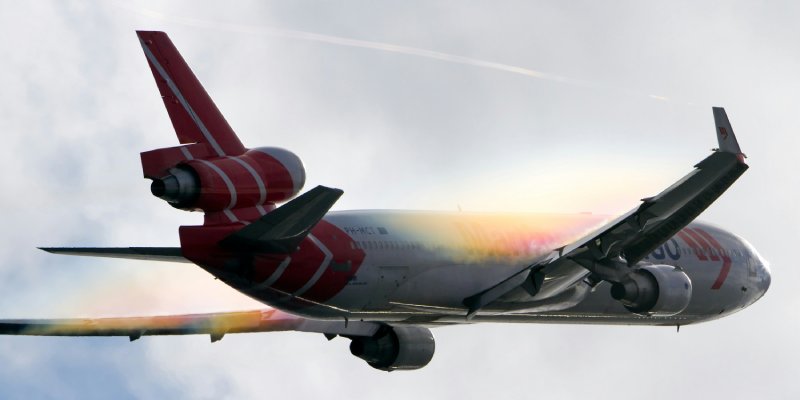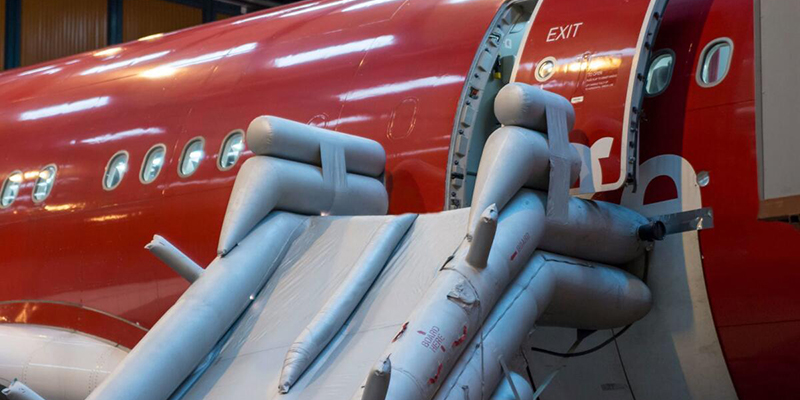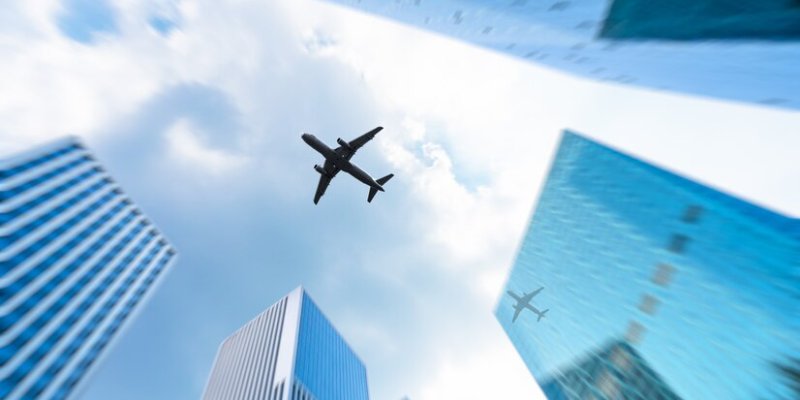Birds and airplanes share the skies, but when their paths cross unexpectedly, the consequences can be serious. This phenomenon, known as a bird strike, is a real threat to aviation safety and a critical topic for everyone involved in the industry, from pilots and engineers to airport staff and trainees.
What Is a Bird Strike and How Does It Happen?
A bird strike occurs when a bird (or sometimes a group of birds) collides with an aircraft while it is flying or during takeoff and landing of the aircraft. Most often, these incidents happen at low altitudes-typically during takeoff, initial climb, approach, or landing-because that’s where birds are most active and concentrated. The most common points of impact are the aircraft’s windscreen, nose, wings, and especially the engines. Jet engines are particularly vulnerable: if a bird is sucked into an engine, it can cause severe damage or even engine failure.
How can a small bird impact such a big airplane?
Imagine throwing a tiny pebble really, really hard at a window. Even though the pebble is small, because it’s moving so fast, it can crack or even break the glass, right?
It’s kind of the same with airplanes and birds. Airplanes fly at a very fast speed. When even a small bird hits an airplane, it’s like that tiny pebble hitting the window with a lot of force.
Here’s what can happen:
- Engines: The airplane’s engines suck in air to make it go. If a bird gets sucked in, it can mess up the engine parts, making the engine lose power or even stop working. Imagine something small getting stuck in a fan – it won’t spin properly anymore.
- Windshield: The window in front of the pilots needs to be clear so they can see. If a bird hits it hard, it can crack or break, making it hard for the pilots to see where they’re going.
- Control surfaces: Airplane wings and tails have movable flaps that help pilots steer and control the aircraft. When a bird strikes these critical parts, it can damage or disable the flaps, making the plane much harder to fly safely.
When a speeding plane hits even a tiny bird, it’s like getting smacked by a flying baseball bat! The faster something moves, the harder it hits – so that little bird becomes a serious threat that can damage the plane and put everyone in danger.
How Pilots Handle Bird Strikes
When a bird strike occurs, pilots follow specific procedures:
- Maintain Aircraft Control: The first priority is always to fly the aircraft.
- Assess the Damage: Pilots quickly evaluate affected systems and performance changes.
- Communicate: They inform air traffic control about the situation.
- Make a Decision: Depending on the severity, pilots may continue the flight, return to the departure airport, or divert to the nearest suitable airport.
- Declare an Emergency If Necessary: This gives the flight priority handling from air traffic control.
Airport and Maintenance Response to a bird strike:
- Aircraft are thoroughly inspected after a suspected bird strike, especially engines and control surfaces, before being cleared for further flight.
- All incidents are reported to aviation authorities to help track patterns and improve prevention strategies.
Preventing Bird Strikes: What Can Be Done?
Airports and aviation authorities use several strategies to reduce the risk of bird strikes:
- Habitat Management: Removing food sources, water, and nesting areas near airports to make them less attractive to birds.
- Bird Deterrents: Using sound cannons, distress calls, lasers, and even trained falcons to scare birds away from runways.
- Radar and Detection: Specialized radar systems can detect large flocks of birds and help air traffic controllers warn pilots or delay takeoffs.
- Aircraft Design: Modern aircraft are tested and built to withstand certain bird impacts, especially on engines and windscreens.
- Reporting and Data Analysis: Every bird strike is logged and analyzed to spot trends and improve prevention efforts.
Real life scenarios
The Famous “Miracle on the Hudson”
Perhaps the most well-known bird strike incident occurred in January 2009, when US Airways Flight 1549 struck a flock of Canada geese shortly after takeoff from LaGuardia Airport. Both engines failed, forcing Captain Chesley “Sully” Sullenberger to make an emergency landing on the Hudson River. Thanks to the crew’s skill, all 155 people aboard survived.
Why Is This Important for Aviation Training?
Understanding bird strikes is vital for anyone entering the aviation field. It teaches future pilots and staff how to react calmly and effectively in emergencies, emphasizes the importance of teamwork and communication, and highlights the ongoing efforts to keep our skies safe.
Conclusion
Bird strikes are a reminder that, despite all our technology, nature still plays a role in aviation. By learning how and why they happen-and how to respond-aviation professionals can help ensure that every flight is as safe as possible. For trainees, this knowledge isn’t just academic; it’s a crucial part of being prepared for real-world challenges in the sky.
Stay safe, stay alert, and always respect the skies we share with nature!







